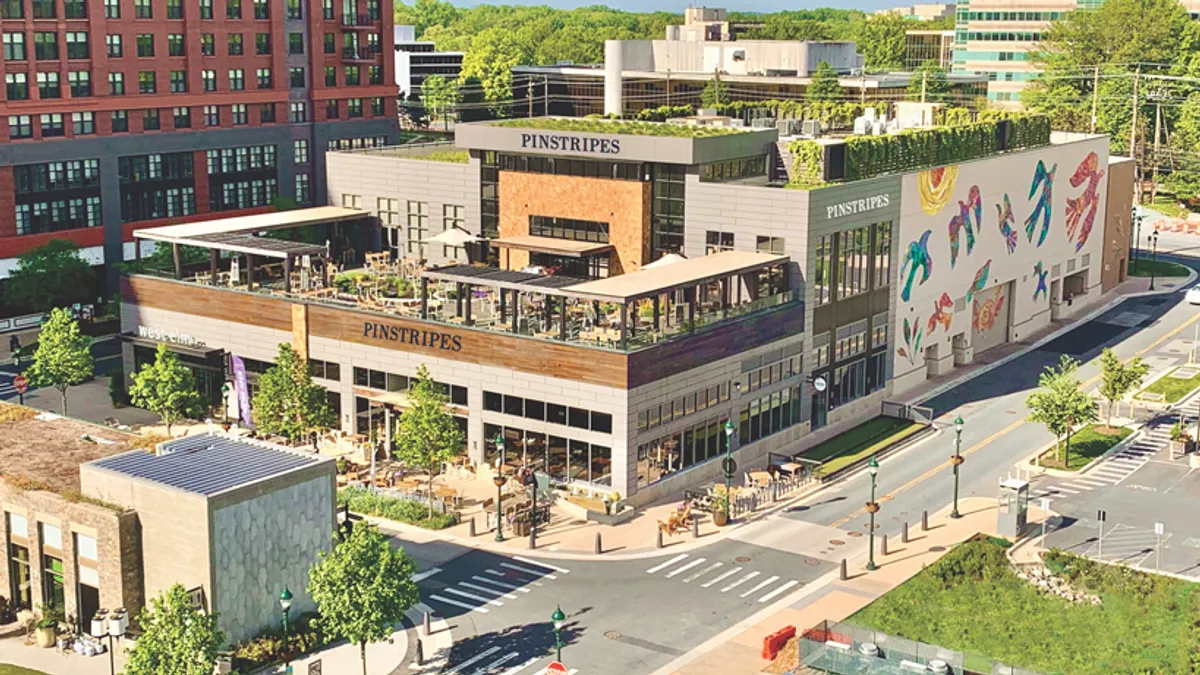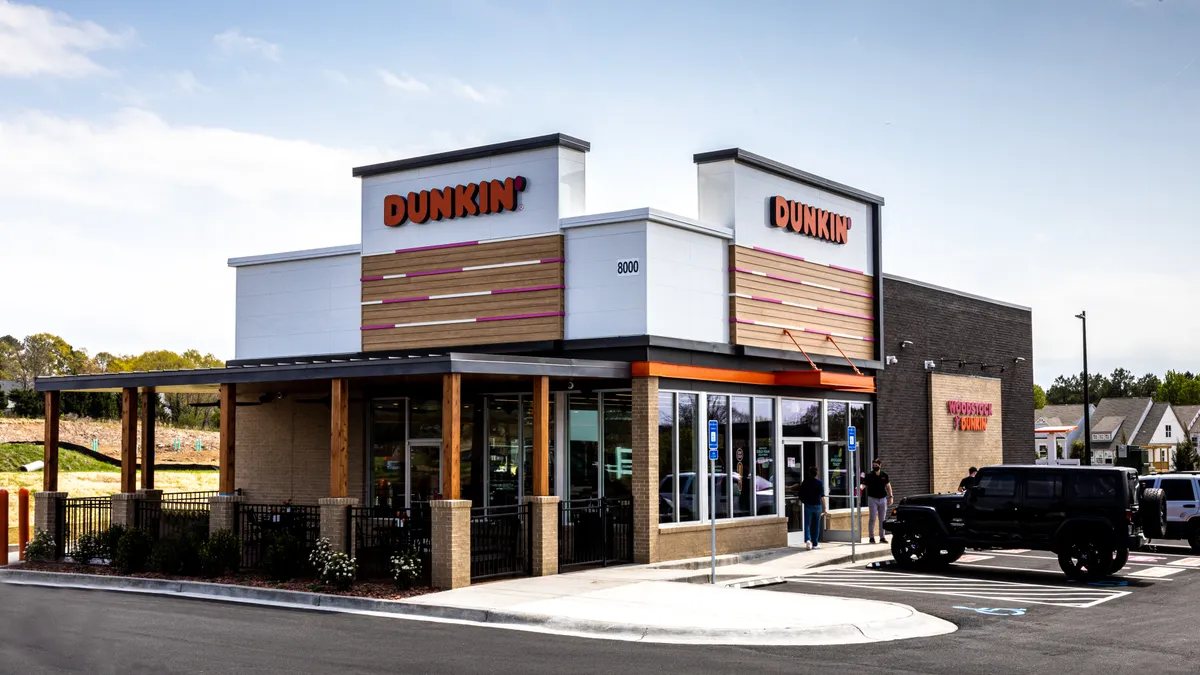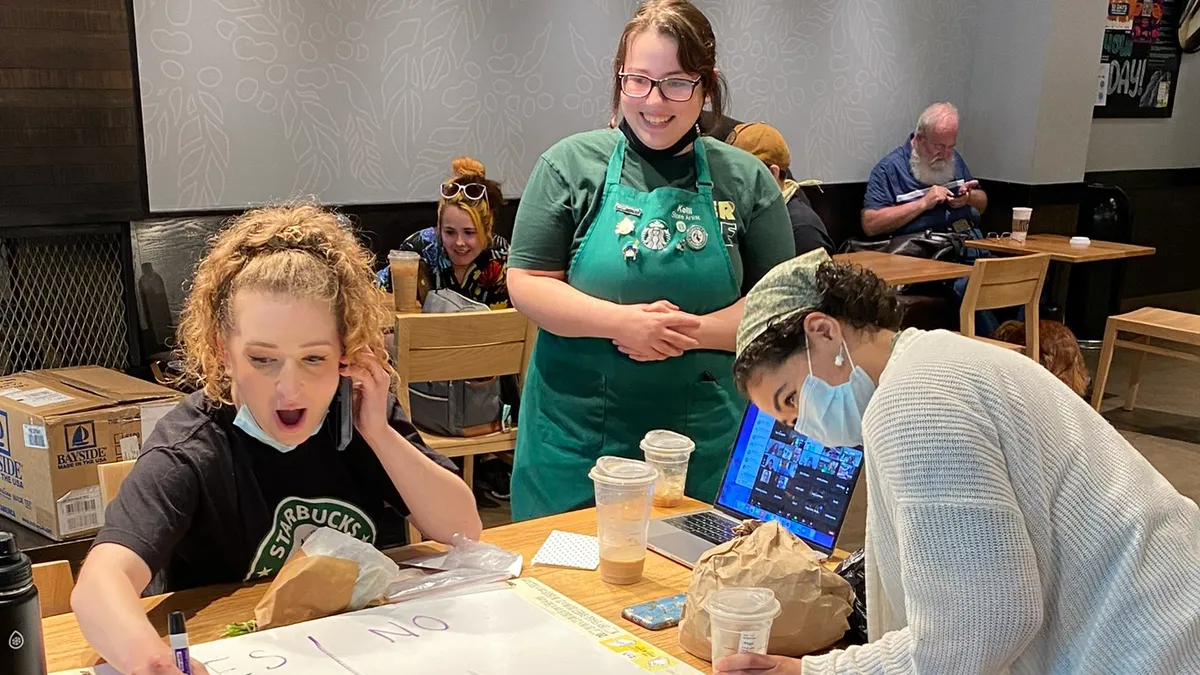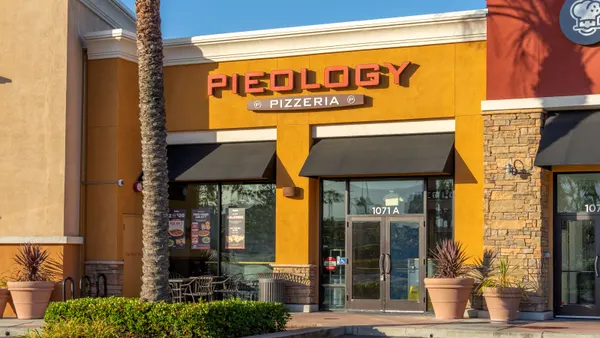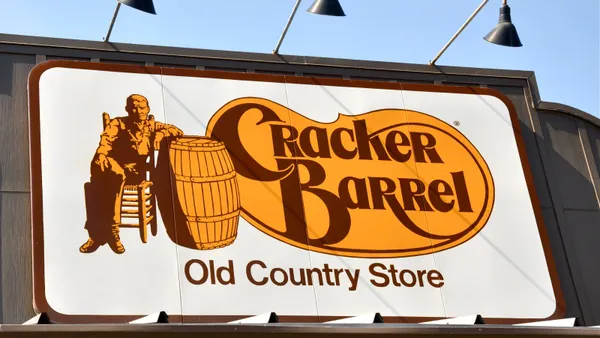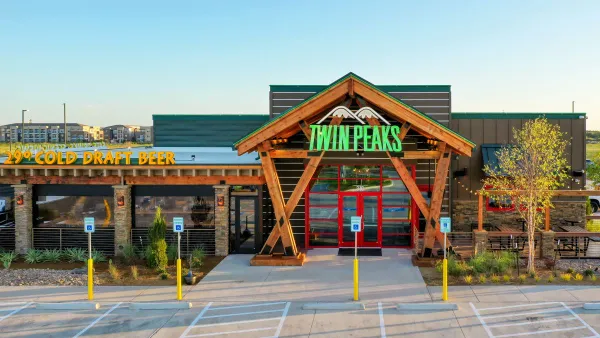Dive Brief:
- Pinstripes filed for Chapter 11 bankruptcy protections on Monday, according to court documents filed in the U.S. Bankruptcy Court for the District of Delaware.
- The action was nearly a year in the making and “reflect[s] the Debtors’ only remaining path to maximize value,” Chief Restructuring Officer James Katchadurian said in a filing.
- The chain, which was founded in 2007, eventually grew to 18 units but recorded only eight at the time of filing. Katchadurian said the chain struggled with economic deterioration during the past year that led to revenue declines and “eroded the Debtors’ restructuring alternatives.”
Dive Insight:
Inflationary pressures hit Pinstripes particularly hard. As of early 2024, food spending accounted for a majority of Pinstripes revenue, but entertainment consumers became more price sensitive due to inflation and shifted to cheaper alternatives over the past year, Katchadurian said.
The company faced tight liquidity at a moment when it needed cash reserves to adapt to industrywide changes. Pinstripes offset some of its rising costs with menu price hikes and more effective purchasing practices, but reduced consumer traffic contributed to significant strain on the company’s finances.
“At the same time, the Debtors continued to expand, incurring costs for new store openings that were not yet generating, and ultimately never did generate, revenue,” Katchadurain wrote.
Pinstripes’ store footprints span 26,000 to 38,000 square feet and include bowling alleys, outdoor patio space for dining, bocce courts, fire pits and fountains. Each location can hold 900 guests, including 300 diners, according to court filings. Roughly 80% of Pinstripes’ revenue comes from food and beverage sales, with the rest stemming from games. The company’s total annual revenue was about $129 million for the fiscal year ending April 27, 2025. Each location averages about $7.4 million in annual revenue.
Pinstripes went public at the end of 2023 through Banyan Acquisition Corp, a special purpose acquisition company that spun off Pinstripes as a wholly owned subsidiary, renaming the company Pinstripes Holdings. Pinstripes CEO and founder Dale Schwartz had high hopes for the chain at the time it went public, planning to reach 23 venues by the end of 2024 and eyeing whitespace opportunities for 150 units over time.
However, the chain’s stock price dipped sharply in early 2024 and never rose above $1 since last September. Its CFO departed this February around the time the chain sought strategic alternatives as it faced high debt and breach of covenants. Pinstripes received a delisting notice from the New York Stock Exchange in March and did not elect to appeal the NYSE’s delisting determination, Katchadurian wrote. That same month, Oaktree Capital Management took an 85% stake in the company in exchange for $7.5 million to keep the chain afloat.
In January, the company engaged Piper Sandler to look into potential alternatives and contacted about 80 parties with restaurant industry experience. Although about 20 parties executed non-disclosure agreements the initial marketing and sales process did not yield any third-party offers. One of its largest creditors, Silverview, entered into a stalking bidding agreement for a credit bid of at least $15 million for transferred assets and cash of $1.6 million, according to court filings. Punch Bowl Social was also mentioned in the court documents as a prospective Stalking Horse Bidder.
“To be blunt, the process proposed to be consummated through these chapter 11 cases is not perfect, and it is not where the Debtors wished they were right now,” Katchadurian wrote in relation to the Silverview plan. “However, it is the only pathway forward that preserves value for the Debtors’ constituents and preserve[s] the Debtors’ business as a going concern. Absent Silverview’s commitment and the path contemplated by the Support Agreement, the Debtors would file for chapter 7, to the detriment of all constituencies.”



